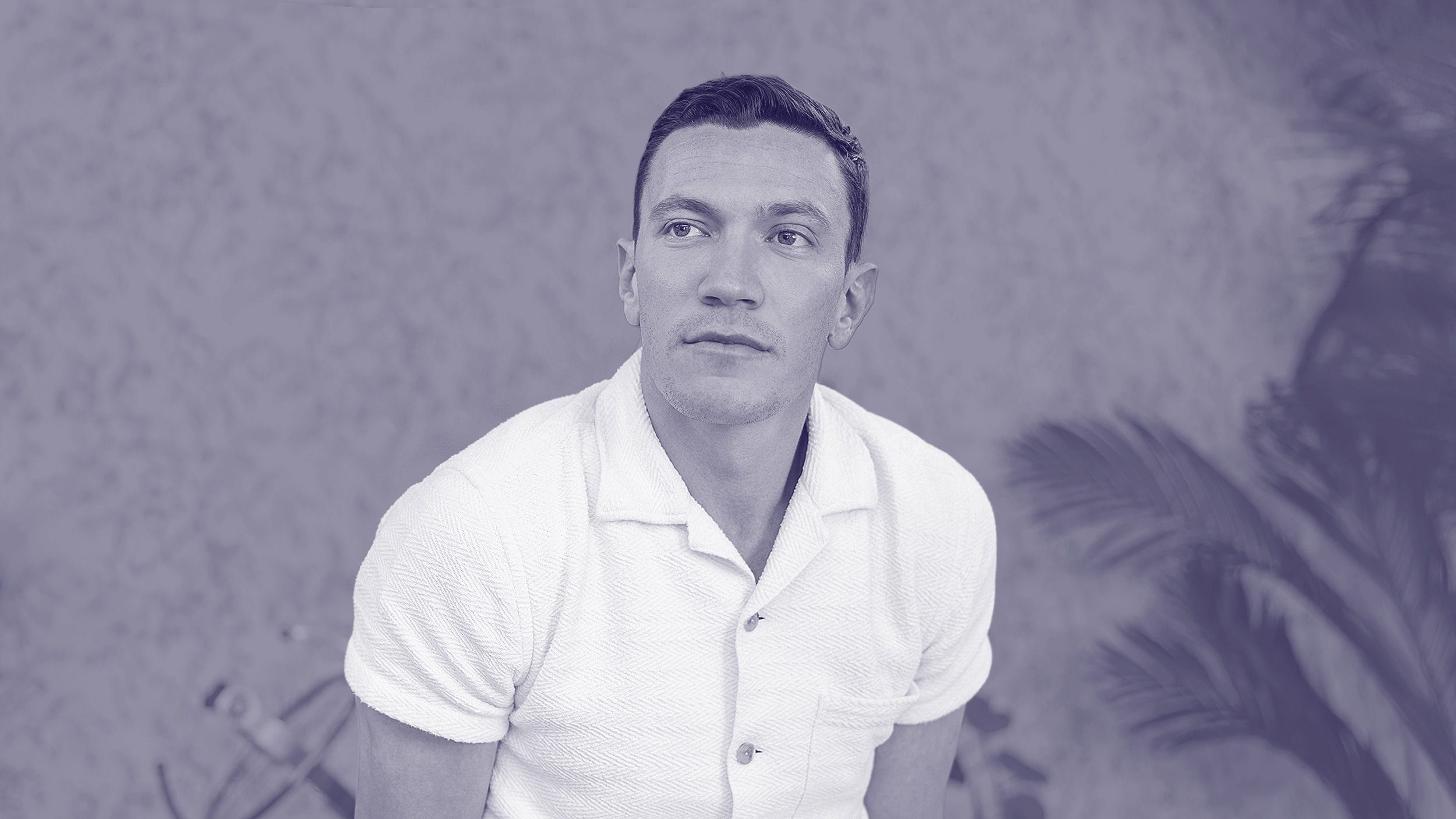David LaChapelle: I left high school because I was getting bullied and stuff when I was 15 and came to New York and moved into the East Village, to First Avenue on First Street. New York just represented this incredible place I wanted to be. And I was drawing and painting at the time. I dropped out of school; I always was going to be an artist since I was a little kid.
My dream was to just work in galleries and I did that until 1991. Somewhere around ’84, Andy Warhol’s interview finally let me shoot for them because I really wanted to work for them. And Andy was alive, of course, at that time. And he was a very, very big hero of mine. And Interview was a great magazine, and I somehow started working for magazines. And I couldn’t survive off of the money I was making at galleries, and I was also shooting weddings and doing anything I could and some other really, you know, less things I shouldn’t talk about. But, you know, just doing things to survive in the East Village, you know, as a photographer. And magazines were this whole, this opportunity, this open door. And I just went for it, and they seemed to really, you know, things really started happening when I kind of chose to work for magazines and led to this sort of big career. But, galleries were my first love.
So, in 2006, when I sort of walked away from everything and I thought it was the end of photography for me, and I was, you know, going to be a farmer - and I still live there, and we have our farm - but, something really amazing happened when I started – I got a call from Fred Torres, who’d worked with me for years, and he said, “Would you like to do a gallery show?” And I was like, “Well no, I’m the guy, you know, that did all the commercial work, shot Paris Hilton and Pam Anderson. They don’t really want me to do, you know, a serious gallery show kind of thing.” And Fred was real persistent and he found a gallery in Berlin that wanted to show whatever I wanted to take pictures of, and it was incredible.
It’s been a rebirth, it’s been a reconnection and a, you know, going back full circle to where I started. But I’m using everything I learned through those years of magazines. All that – the language of the way to shoot, the way to get, you know, things to look a certain way, the technique that I learned - you know, very much – I spent 12 years in the darkroom, you know, the dark ages of my life in the 80’s and 90’s. So I love photography and all aspects of it. And now, being freed, sort of, from the constraints of magazines and being allowed to do – kind of fulfill this dream I had as a kid, which was to show in galleries, is – it is a fulfillment of a dream.
And, you know, much more is expected of a photograph in a gallery or hanging on a wall in a museum or gallery than is expected of a photograph in a magazine. So I could spend a lot more time on these pictures and really have them – I’m very much into clarity and communication of ideas. I really want my pictures to touch people, like music, and I know that’s a very lofty goal because music is the ultimate in art that will just – touches people immediately and brings, you know, people together all over the world who would just respond to the one artist or one song.
But, I really would love that to, you know, to – you have to reach for the moon, and for me that’s to touch people like music is the goal, to move them, so when they leave the gallery or the museum, they feel different than they did when they came in. I don’t want to just put more random things out into the world or things that are dark and confusing. It’s a confusing time in the world, a very, very confusing time. And I want pictures that have some sort of – shine a light on this time we live in rather than just add to the, you know, the difficulty of this time, you know, the distraction and the noise. I want these pictures to be very clear, have clarity and touch people.
Directed / Produced by
Jonathan Fowler & Elizabeth Rodd





